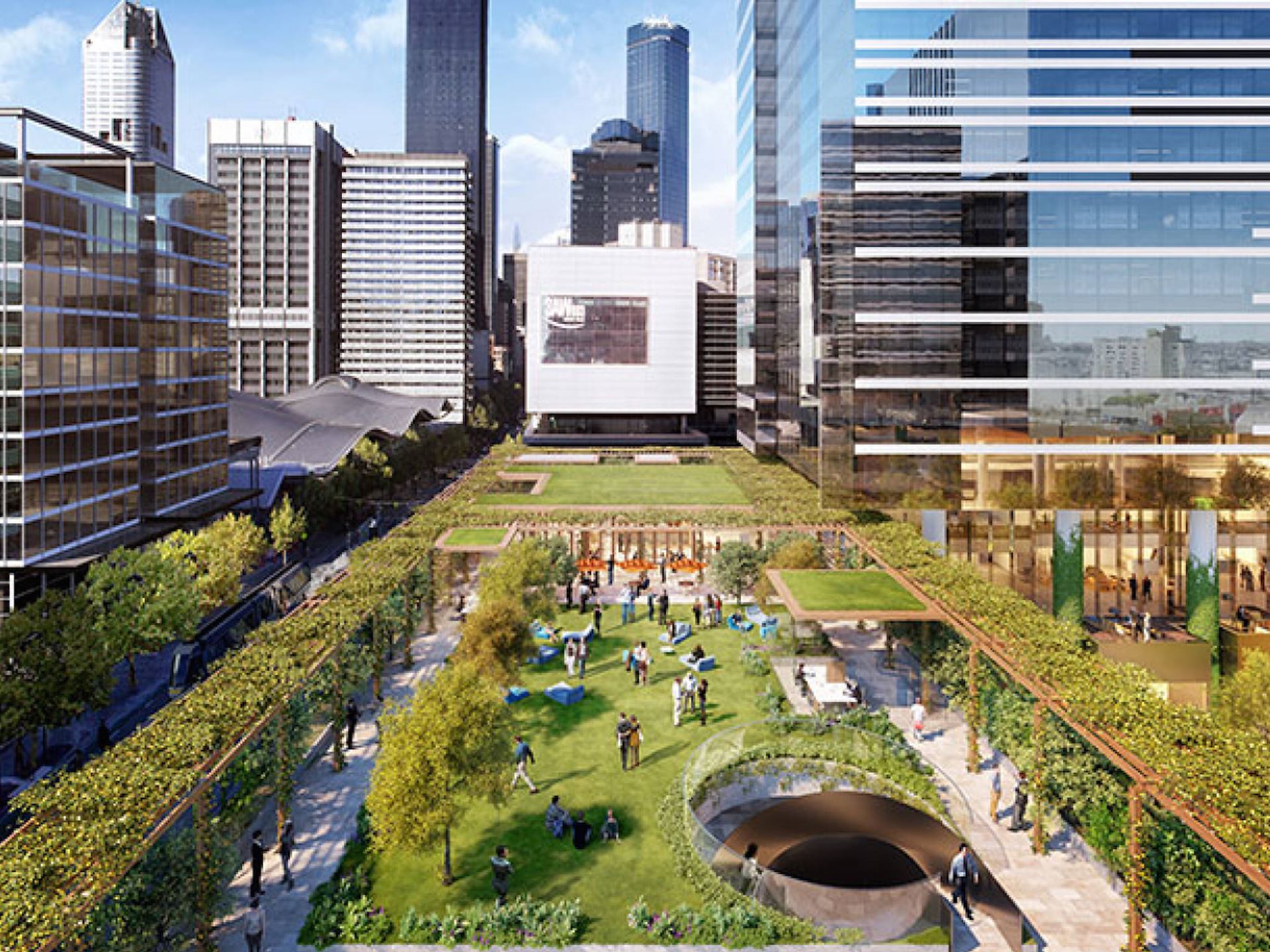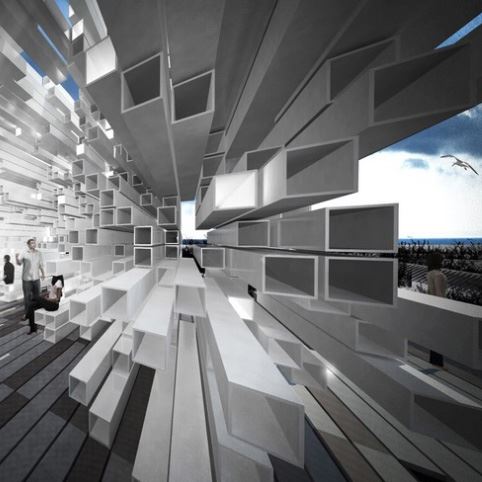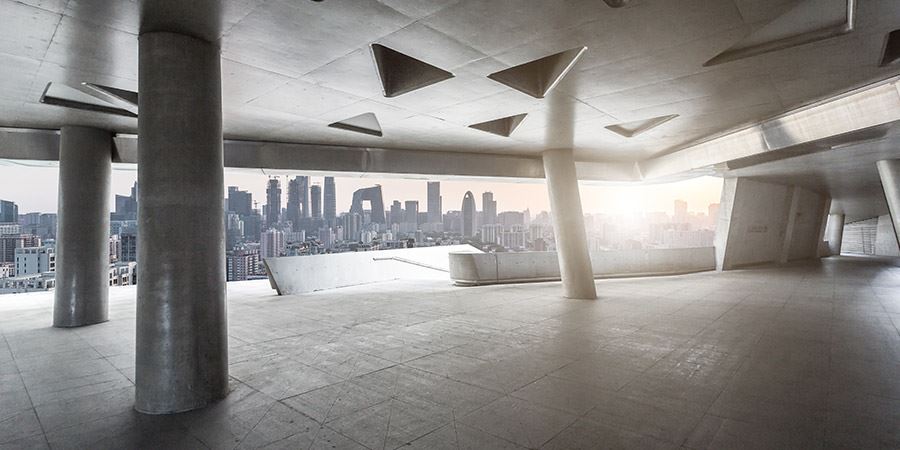
 Department of Design and Construction311
Department of Design and Construction311 Search all NYC.gov websites
Search all NYC.gov websites
ACE Mentor Team 8 First Virtual Sessions of the 2021-2022 Season
On November 9, 2021, the NYC Department of Design and Construction (DDC) and NYC School Construction Authority (SCA) kicked off its joint ACE Mentor Team 8 program virtually. Team 8 is an affiliate of the national ACE Mentor Program of America. ACE is an afterschool program designed to attract high school students to pursue careers in the Architecture, Construction Management and Engineering industries. ACE Team 8 consists of 29 high school students from across the five boroughs of New York City. The students are guided by 13 professional mentors from DDC, the SCA and Bjarke Ingels Group (BIG).
The ACE 2021-2022 season commenced with the introduction of students, mentors, and STEAM Team leaders via a virtual ice breaker. Students and mentors shared their backgrounds and experiences on the team. ACE Mentors introduced their area of expertise and described the units they currently work at DDC and the SCA, and students shared their career path interests. Most students expressed interest in careers in Architecture, Engineering and Construction Management.
On November 16, 2021, Team 8 mentors introduced the Construction Industry Round Table (CIRT) National Design and Construction competition prompts. They include urban renewal and rebirth, memorial of the future, and strong and sustainable materials. The CIRT Competition is held in collaboration with ACE Mentor of America and the Chicago Architecture Center (CAC). Students spent time discussing the pros and cons of all 3 CIRT prompts. The mentor presentations on each discipline and area of expertise helped guide students as they chose their CIRT competition project. Luca McLaughlin, ACE Team 8 Mentor from BIG, introduced ACE students to renderings using Sketchup and Photoshop.
ACE Mentor teams from across the country are invited to submit entries for consideration for the prestigious national title and 1st place prize of $5,000, 2nd place prize of $3,000, and 3rd place prize of $2,000.
Design Challenges for 2022
The CIRT National Design and Construction Competition celebrates the innovations and contributions the design/construction community makes to the quality of American life, while understanding the issues and challenges the industry faces to deliver on this legacy. The Competition is maintained, coordinated, and judged by Construction Industry Round Table and is intended for ACE Mentor Affiliate team entries.
URBAN RENEWAL / REBIRTH

This competition’s objective is to envision an imaginative, sustainable, viable design/construction solution to attract the resources, energy, and activity to an area threatened by economic displacement, urban decay, and/or population flight. Submissions may focus on a range of scales and methods, such as innovate planning, reuse of individual structures, new/upgrade of infrastructure, neighborhood rebirth design, and tactical urbanism. The entry must show how design and construction elements will drive or fuel the renewal/rebirth of the urban environment – taking on elements discussed in an overall approach or targeted to a specific area w/in the urban space. Vital to success: (1) site selection (why, where, how, etc.), (2) before and after depictions, (3) demolition, disruption, traffic impacts, (4) construction timelines, etc., (5) budget, per square foot estimates. As in the other challenge solutions, the proposal must be accomplished to meet the precise needs of this RFP in a realistic and doable way consistent with the resources/financial support likely available in the locale. Moreover, the proposal MUST also include the precise construction steps, stages, and remedies for this challenge, like demolition or other pre-retrofit work described and detailed.
MEMORIAL OF THE FUTURE

Conceive, plan, and create and/or revitalize a place or site that will be cherished, respected as a gathering place to memorialize an important event, occurrence, or chapter in the life of the local community or nation. Elements of the site are within your decision-making process, whether physical structures (new/rehab), although they need not be the central element; or an open park-like landscaped setting commemorating a historical theme to be memorialized. The key will be to explain the reasons for site selection, what historic factor is being showcased and why/how it relates to the site and audience, and how the solution will attract all elements of the community and visitors in order to educate, inform, and create an immersive experience. The entry should identity a cohesive vision for a long-term successful future through CONSTRUCTION related changes (the built environment, whether rehab/new/repurposed structures, or opening spaces, etc.). This is an ideas competition: proposals may be innovative, transformative, and challenging, BUT must also present viable ways to implement real, holistic change. Successful proposals will show before/after, new uses, etc. – with a per foot cost estimate that must be realistic and doable for the resources/financial support likely available in the locale, construction timelines, flows, etc.
STRONG + SUSTAINABLE

Cement: one the oldest, most reliable, efficient building materials, (along with concrete) has played a role in the human built environment – leaving its footprint on much of our structural heritage over the ages. BUT can it be used in sustainable, resilient, carbon neutral modern endeavors – to achieve the goals set for today and the future? The challenge is to find inventive reuses/purposes and methods to capture the potential and necessary “smart” aspects of cement to take on the LEEDS goals, sensors, renewal, etc. in any and all forms or structures you wish to select (or across multiple applications). Success will turn on fully explaining your approach(es), how they are innovative, creative, and achievable – both through the design aspect and the CONSTRUCTION methods, means, techniques, materials, and finishes that will promote sustainability. As in the other options, the proposal must meet the precise needs of this RFP in a realistic and doable way consistent with the resources/financial support likely available in the locale; while providing a full understanding of the construction timelines, budget, and per square foot estimates. Since all entries in this challenge will be using a common element (cement) it is extremely important to show where your proposal stands out and contributes to the use or re-adaptation of cement to meet sustainability goals.
About the NYC Department of Design and Construction
The Department of Design and Construction is the City’s primary capital construction project manager. In supporting Mayor de Blasio’s long-term vision of growth, sustainability, resiliency, equity and healthy living, DDC provides communities with new or renovated public buildings such as such as firehouses, libraries, police precincts, and new or upgraded roads, sewers and water mains in all five boroughs. To manage this $15.5 billion portfolio, DDC partners with other City agencies, architects and consultants, whose experience bring efficient, innovative and environmentally-conscious design and construction strategies to City projects. For more information, please visit nyc.gov/ddc


